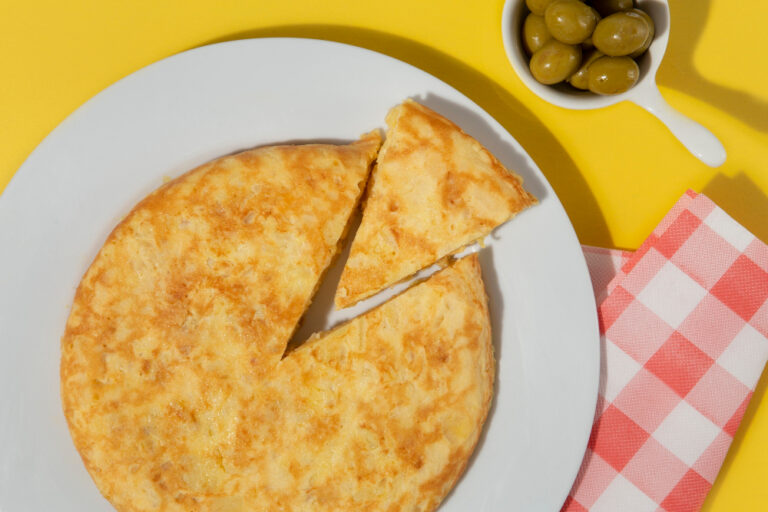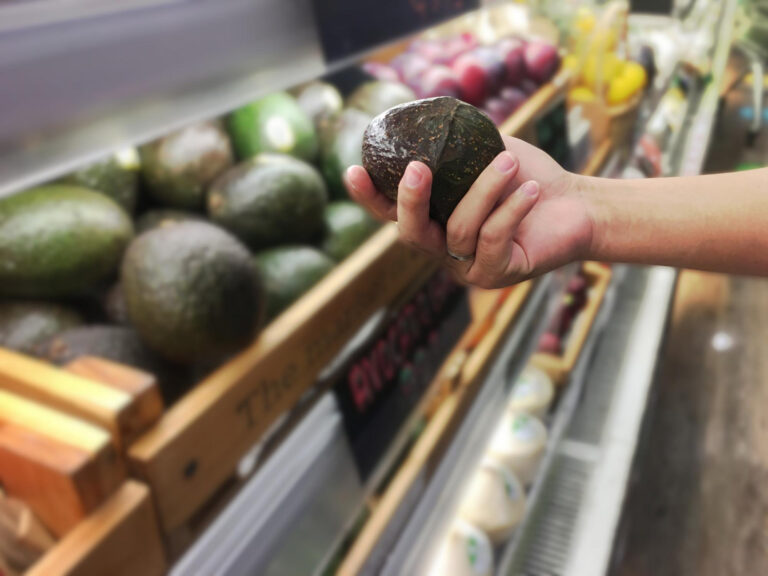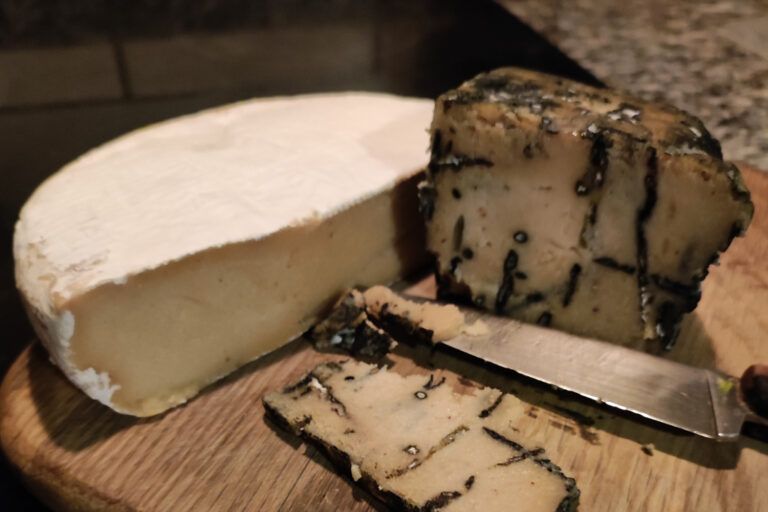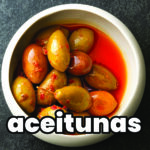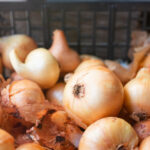The Best Fluffy Pancakes recipe you will fall in love with. Full of tips and tricks to help you make the best pancakes.
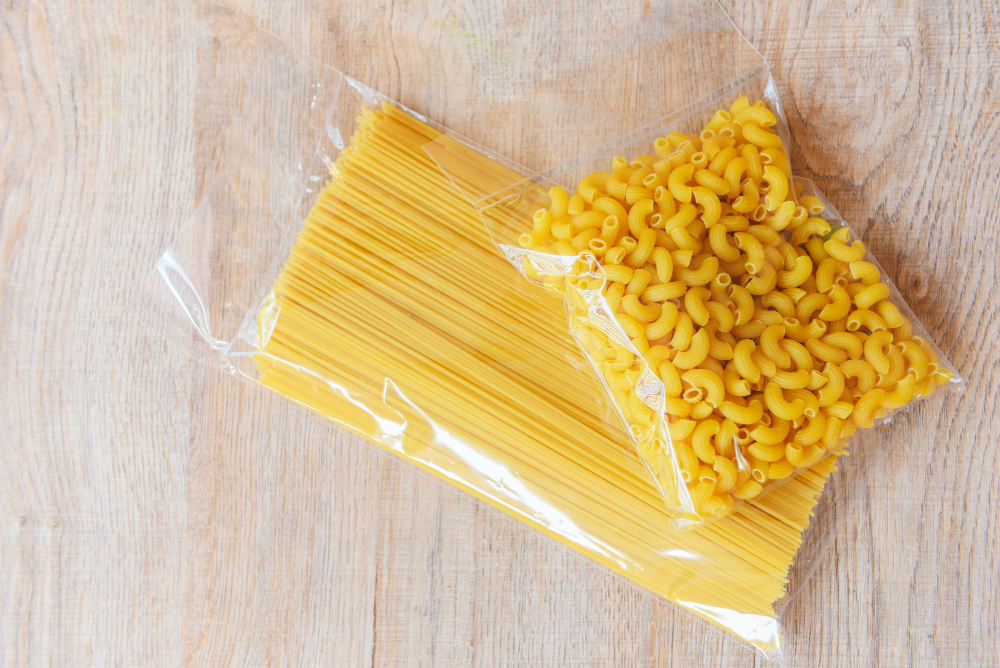
As a vegetarian or vegan visitor to Spain staying in self catering accommodation like AirB&B, apartments or even camping, a bag of pasta or two is going to be useful for creating a variety of simple meals. This is ideal for taking advantage of the wonderful fresh produce available to you, and not going to entail spending hours over the kitchen stove!
Buying pasta in Spain is not going to through up an great surprises, however I’m going to run through some of the key types of pasta, explain how to buy it and what to look out for so you are fully prepared during your next visit:
Buying pasta in Spain is a fairly straightforward thanks to the variety of options available in supermarkets and independent stores. However, if you’re vegetarian or vegan, there are certain details to keep in mind to ensure your purchase aligns with your dietary needs.
Types of Pasta Available
In Spain, most of the pasta you’ll find in supermarkets is of Italian influence, such as spaghetti (espaguetis), macaroni (macarrones), penne, lasagna, and tagliatelle. You’ll also commonly find short pasta like fusilli and farfalle, as well as smaller versions like thin noodles (fideos finos), which are often used in soups.
Although pasta in Spain is heavily influenced by Italy, there are also some typical Spanish varieties, such as fideos for fideuá. These are short, thin noodles used to prepare fideuá, a dish similar to paella but made with pasta instead of rice.
Tip: Pasta Sauce For Your Pasta – you are likely to find prepared pasta sauces along side the pasta section in both the chilled and dry pasta sections.
How Pasta Is Sold
Pasta in Spain is primarily sold in two formats:
Dry Pasta (Pasta seca): The most common option, available in most supermarkets. It comes in packages ranging from 250 g to 1 kg and more. This format is economical, easy to store, and very versatile. Dry pasta is ideal for self catering accommodation is you can just seal up the bag once open and not have to worry about using it all in one go.
Tip: Don’t worry if you don’t understand Spanish and are not sure how long to cook a type of pasta, you will see a visual representation on most packs of pasta like this one from Carrefour:
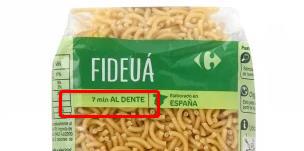
Fresh Pasta (Pasta fresca): Found in the refrigerated section of some large supermarkets and gourmet shops. It usually comes in 250 g packages and can include stuffed varieties like ravioli or tortellini. Here, it’s important to read the ingredient list, as many fresh pastas contain egg or fillings not suitable for vegetarians or vegans. These are typically chilled therefore you will need to have access to a fridge if you don’t plan to eat it straight away.
Common Brands
In Spanish supermarkets, you’ll find a mix of national and international brands. Some of the most common include:
- Gallo: A very popular Spanish brand offering a wide variety of dry pasta, including whole grain and gluten-free options.
- Hacendado: Mercadona’s store brand, known for its good quality-price ratio.
- Barilla: An Italian brand available in many supermarket chains.
- De Cecco: Another high-end Italian brand, ideal for those seeking premium taste and texture.
Considerations for Vegetarians and Vegans
While basic pasta is very likely to be suitable for vegetarians and vegans, there are a couple of things to be aware of:
Ingredients (Ingredientes): Most dry pasta is made simply from durum wheat semolina and water, making it suitable for vegetarians and vegans. However, some varieties may contain egg, especially fresh pasta, premium pasta or brands labelled as “egg pasta (pasta al huevo).” Always check the ingredient list.
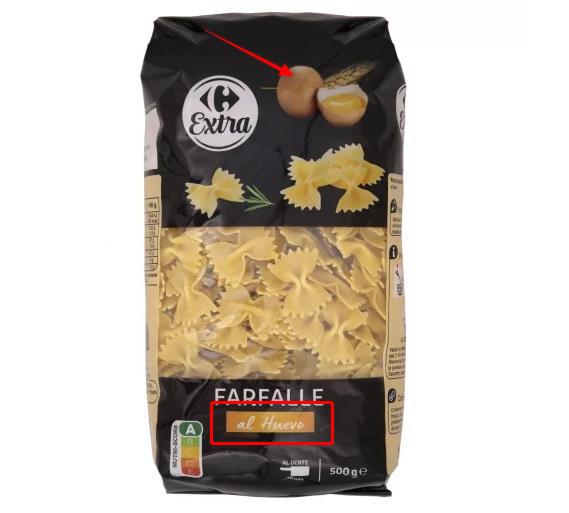
Filled Pasta (Pasta rellena): If you’re buying filled pasta (like ravioli or tortellini), check the ingredients. Many fillings contain meat, cheese, or egg. Some specialty stores may offer vegan options stuffed with vegetables or tofu.
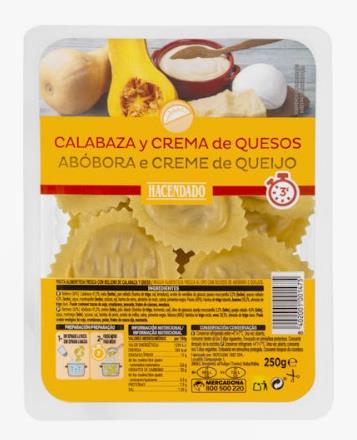
Filled pastas make a quick and easy meal. They are also very simple to dress up, creating a tasty and satisfying meal with little additional effort. Throw in a splash of tomate frito, a handful of fresh basil (sold in the salad section), or add a topping of cheese (or vegan equivalent), serve with a bag of fresh salad and a chunk of crusty bread and you’re done!
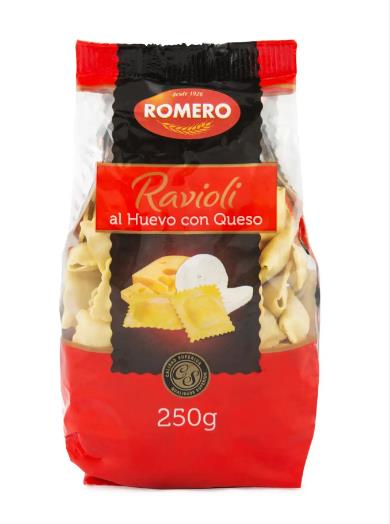
Specialized Brands (Marcas especializadas): In organic or health food stores, you can find pasta made from alternative flours like spelt, chickpea, or lentil, which are often vegan-friendly.
Pasta Portion Sizes and How to Measure Without Scales
A typical serving of dried pasta is approximately 75-100 g (2.6-3.5 oz) per person. This is a guideline and can be adjusted based on appetite or if the pasta is the main component of the meal.
However, if you don’t have access to kitchen scales, you can measure dry pasta visually:
- Spaghetti: Make a circle with your thumb and index finger about the size of a Euro coin (€1). The amount of spaghetti that fits through the circle is roughly one serving.
- Short Pasta (e.g., fusilli, penne): Fill a standard mug about halfway for one serving.
To estimate serving sizes, you can also spread the dry pasta on a plate and visually compare it to how much you’d typically eat once cooked. Remember, pasta roughly doubles in size and weight when cooked. These methods are approximate, so feel free to adjust based on your needs.
Easy Meal Ideas
If you’re staying in an apartment with limited space and equipment, here are two quick and easy meal ideas you can prepare:
Spaghetti with Tomato Sauce and Vegetables (Espaguetis con salsa de tomate y verduras): Cook the spaghetti in a small pot. Meanwhile, sauté onion, garlic, and any available vegetables (such as zucchini, peppers, or mushrooms) in a pan with a bit of olive oil. Add tomato sauce (available in all supermarkets) and mix with the cooked pasta. Adjust with salt and pepper to taste.
Mediterranean Pasta Salad (Ensalada de pasta mediterránea): Cook short pasta like fusilli or macaroni and let it cool. Mix with cherry tomatoes, olives, cucumber, and a simple dressing of olive oil, lemon, salt, and oregano. If you’re vegetarian, you can add feta cheese; if vegan, consider including marinated tofu or cooked chickpeas.
Fideos for Fideuá: If you want to try something typically Spanish, buy fideos for fideuá. They are cooked similarly to paella and are an excellent option to diversify your meals.
Enjoy your pasta based meal (Buen provecho)!
Now… over to you!! What tips do you have for buying and cooking pasta in Spain? Do you have a favourite pasta based meal idea suitable for vegetarians and vegans? Share below 🙂 How do you measure out pasta without scales?
We love to hear from you!



